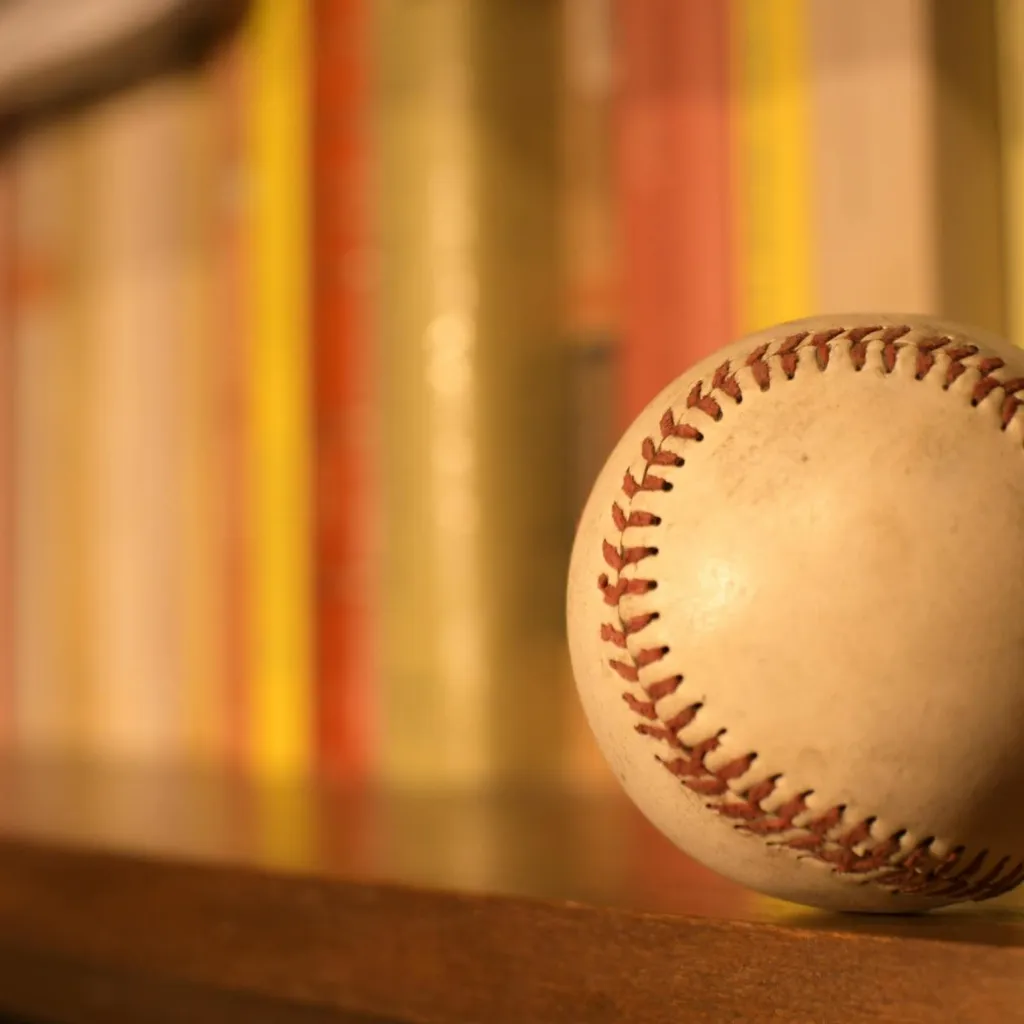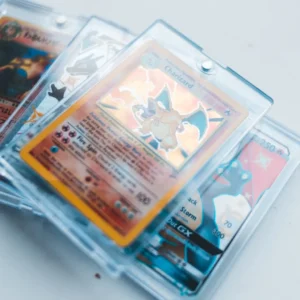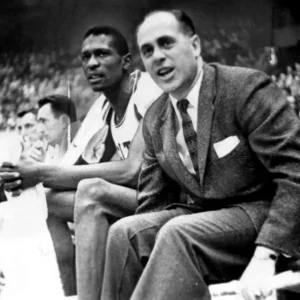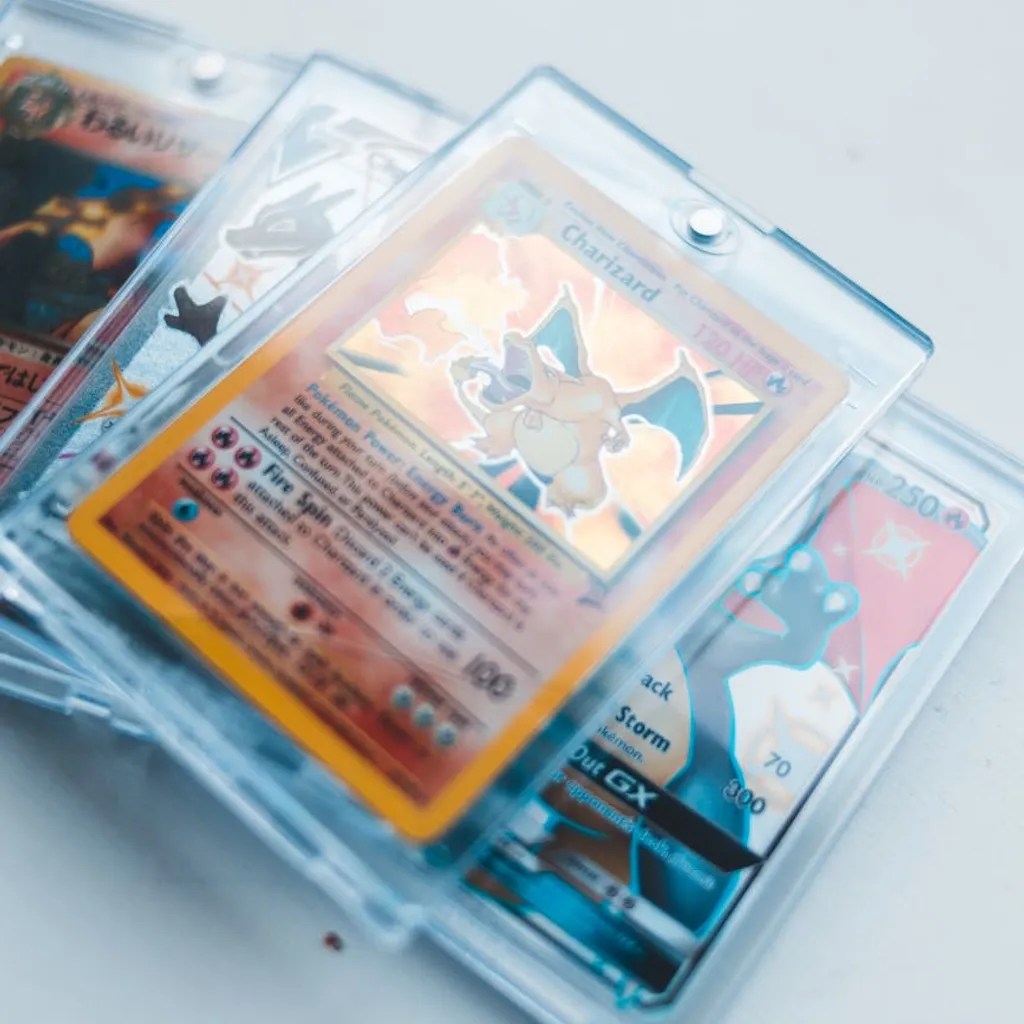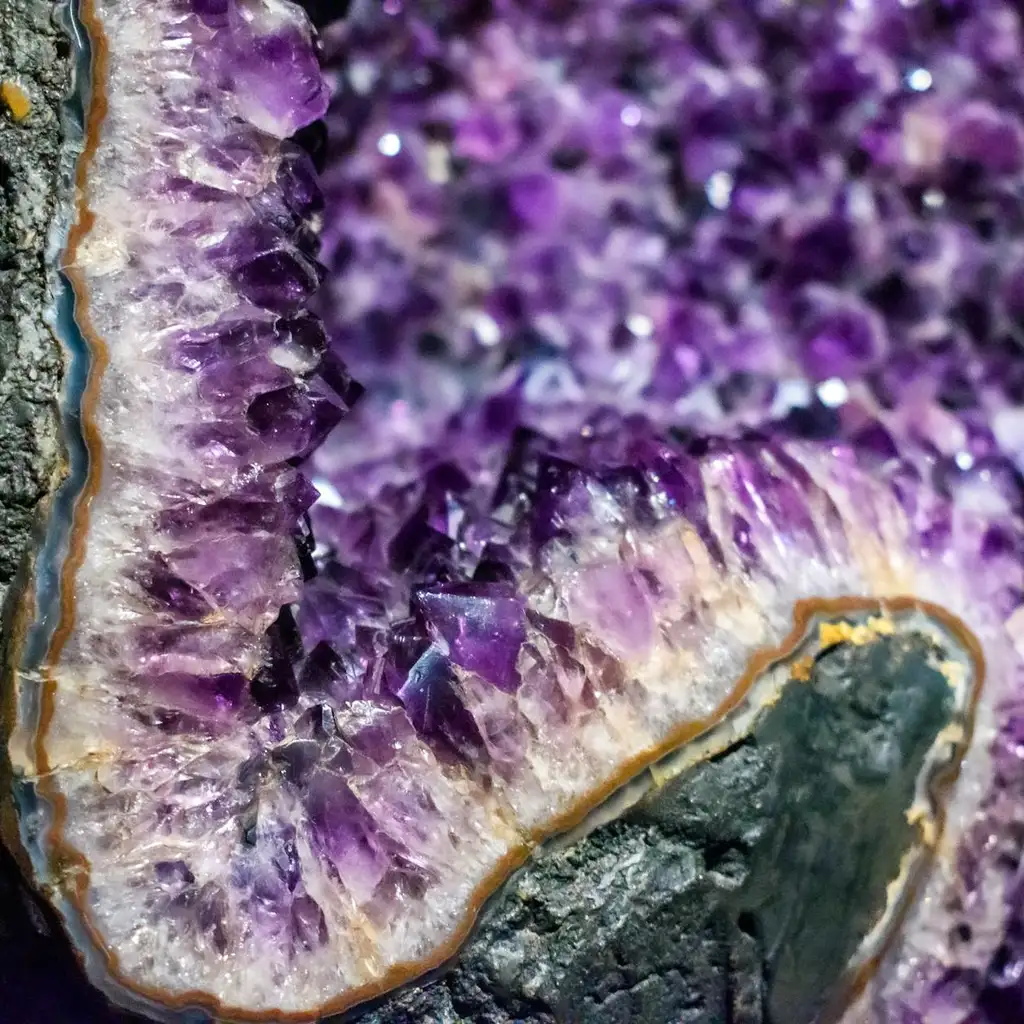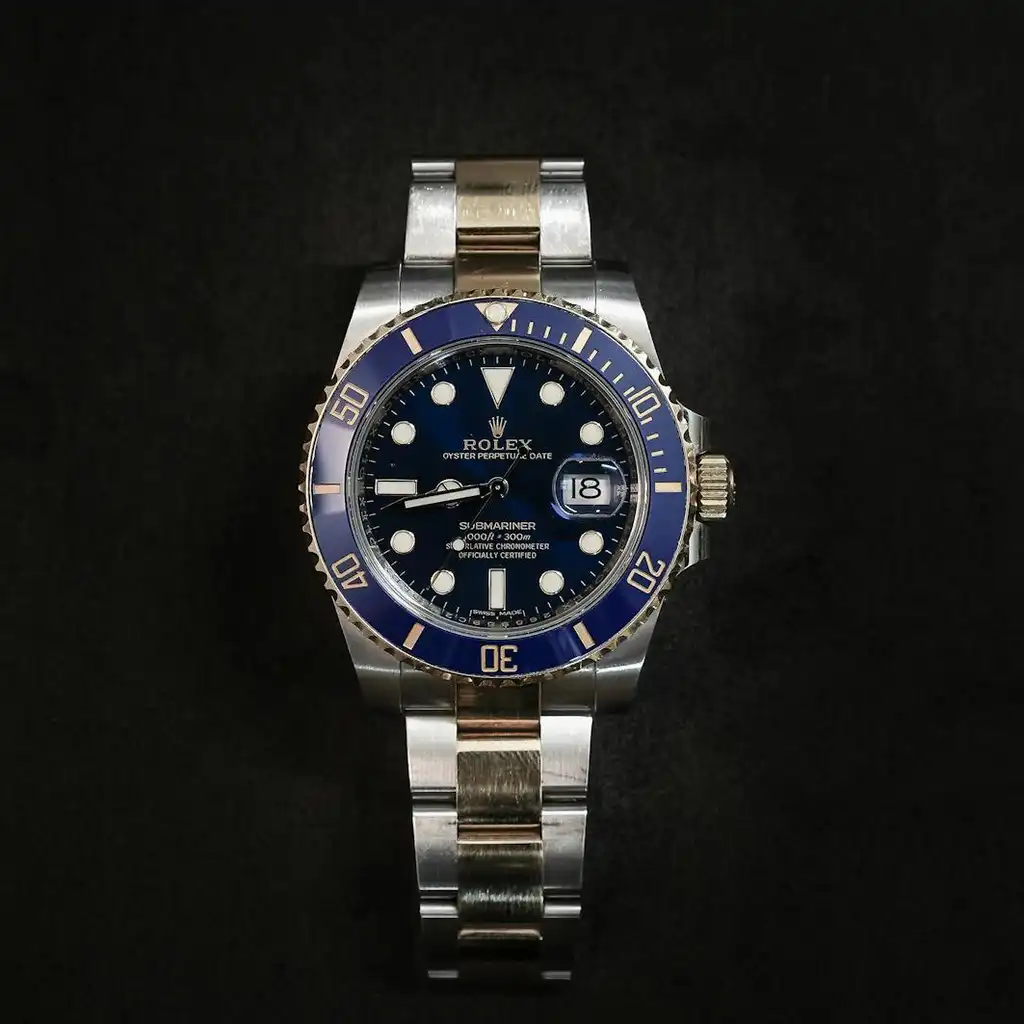Sports memorabilia often holds more sentimental value than monetary worth for most collectors. The emotional connection to these items can be profound, transcending their financial appraisal.
One of the most cherished gifts I ever received was a baseball from the 2009 World Series, signed by Derek Jeter, the legendary New York Yankees shortstop. This baseball is precious to me not only because Jeter is my favorite player but also because it reminds me of a special moment when I watched the Yankees clinch the World Series with my newborn daughter in my arms.
As a devoted Yankees fan, I was captivated by the coverage of Jeter’s 3,000th hit. This milestone sparked a surge in memorabilia, including balls, bats, jerseys, and photos, all bearing Jeter’s signature.
During a visit to Steiner Sports in New Rochelle, New York, I witnessed the creation of this memorabilia. The Steiner warehouse resembled a bustling workshop, with shelves stacked high with sports merchandise. I observed workers framing photographs signed by Jeter and handling boxes of autographed baseballs. The scene was a testament to the memorabilia industry’s scale and demand.
My visit to Steiner Sports was not solely about Jeter memorabilia. I sought to understand the broader market for baseball collectibles. What items appreciate in value? Can collectors profit from their hobby? Most importantly, how can one discern between valuable collectibles and mere trinkets? Here’s what I discovered:
Common Collectibles
Many sports memorabilia items, especially those commemorating events like Jeter’s milestone, are not particularly valuable. Retail stores and online platforms are flooded with such items, often making them more sentimental than financially rewarding.
Brandon Steiner, founder of Steiner Sports, explained that collectors range from those who save programs and tickets to those who purchase game-used items. In between lies the market for “authentic collectibles.” Following Jeter’s 3,000th hit, he signed 500 baseballs and 400 photos for Steiner’s company, with prices ranging from $599.99 to $799.99.
Steiner noted that this was a modest signing to meet immediate demand, with plans for more signings of game-used memorabilia. This practice is common, with retired players frequently signing memorabilia for a fee, saturating the autograph market.
Pete Rose, the all-time hits leader, exemplifies this trend. Since his ban from baseball for betting, he has become a prolific signer. Balls inscribed with “I’m sorry I bet on baseball – Pete Rose” are available online, highlighting the commercialization of memorabilia.
Critics of this industry, like Richard Simon, a baseball-card dealer, express disdain for the manufactured memorabilia market. However, Steiner defends it, emphasizing the need to make memorabilia accessible to average fans. He cites affordable keepsakes like ballpark dirt and bricks from the old Yankee Stadium as examples.
Howie Schwartz, CEO of GrandStandSports.com, notes that the affordability of Jeter memorabilia aligns with the large market for him. While 50,000 fans at Yankee Stadium may purchase identical signed baseballs, this does not bode well for those hoping for appreciation in value.
Valuable Collectibles
The high-end sports memorabilia market is distinct. The T206 Honus Wagner baseball card, for instance, is one of the most famous collectibles, with only about 60 in existence. Its rarity and historical significance make it highly valuable.
In contrast, the baseball Mark McGwire hit for his 70th home run in 1998, once valued at $3 million, has depreciated due to McGwire’s admission of steroid use. This highlights the volatility of memorabilia values.
Roger Ponn, an appraiser, advises that memorabilia from deceased sports stars rarely decreases in value. Scarcity is crucial, as demonstrated by a Lou Gehrig jersey sold for $363,000 in 1992, now worth $750,000. In comparison, Babe Ruth jerseys are less valuable due to their abundance.
Memorabilia from athletes of the 1970s onward often depreciates due to over-signing. Limited editions can be misleading, as athletes may sign additional items later, diluting their value.
For collectors with unique items, such as Jeter’s 3,000th hit ball, insurance and proper care are essential. A faded signature is not covered by insurance, emphasizing the importance of preservation.
Robert Courtemanche, president of ACE Private Risk Services and a collector himself, values his collection for its sentimental worth rather than its financial potential. “I’d never contemplate selling it,” he says. “I enjoy the stuff for what it is.”
Ultimately, sports memorabilia serves as a connection to cherished moments. While my signed Jeter baseball may not fund my retirement, it will always remind me of the 2009 World Series and the joy of sharing it with my daughter.
